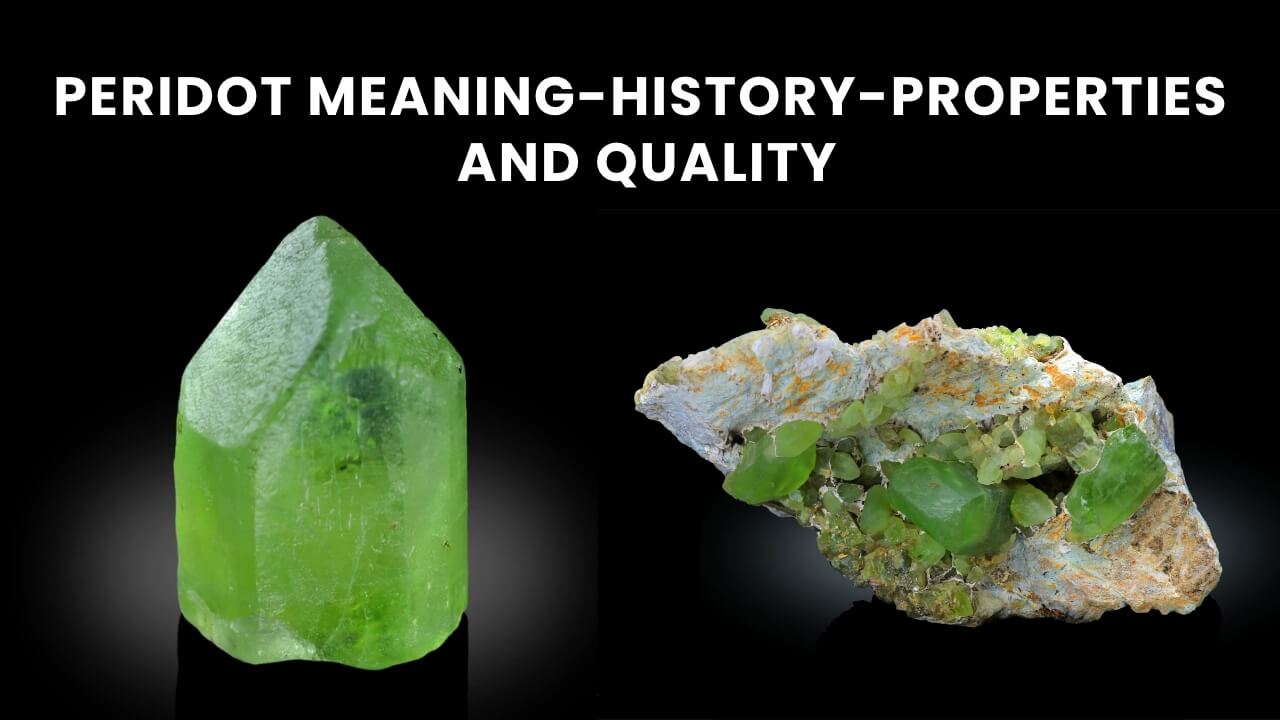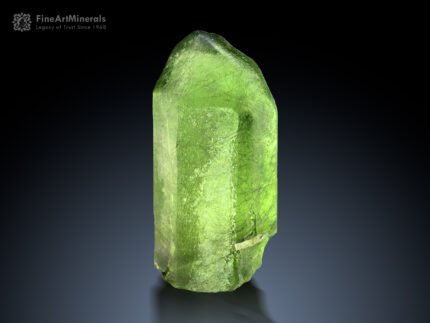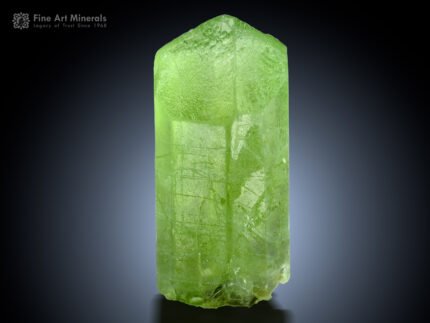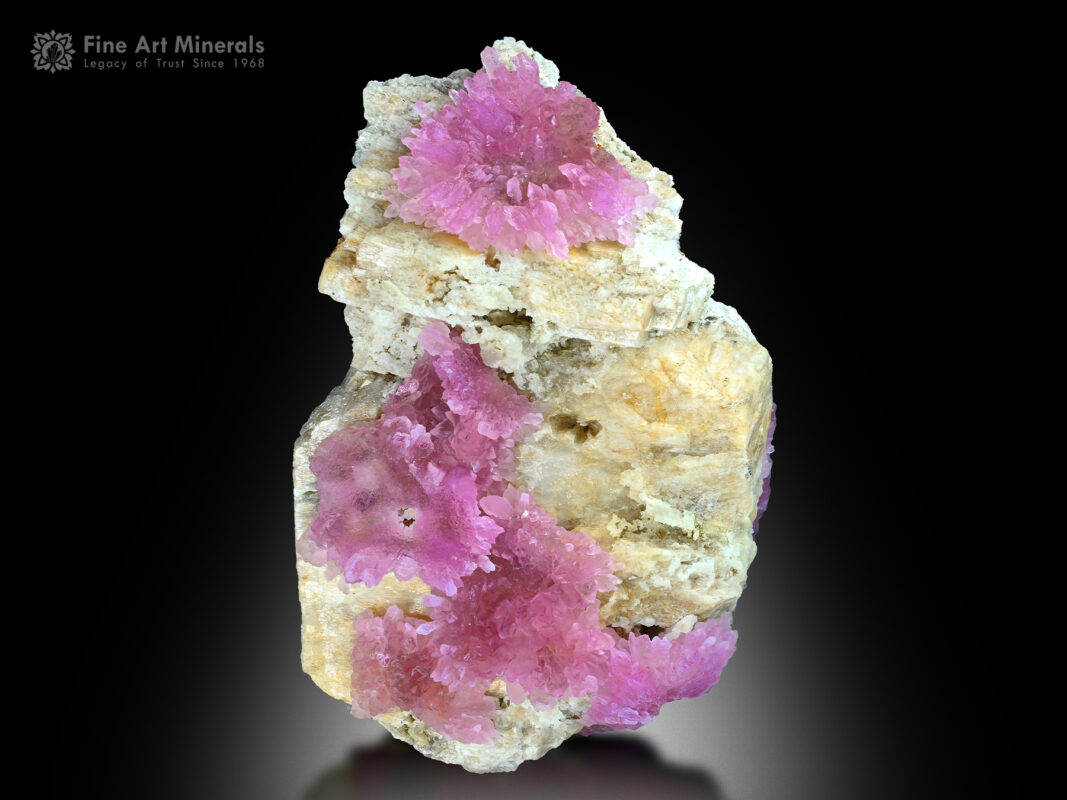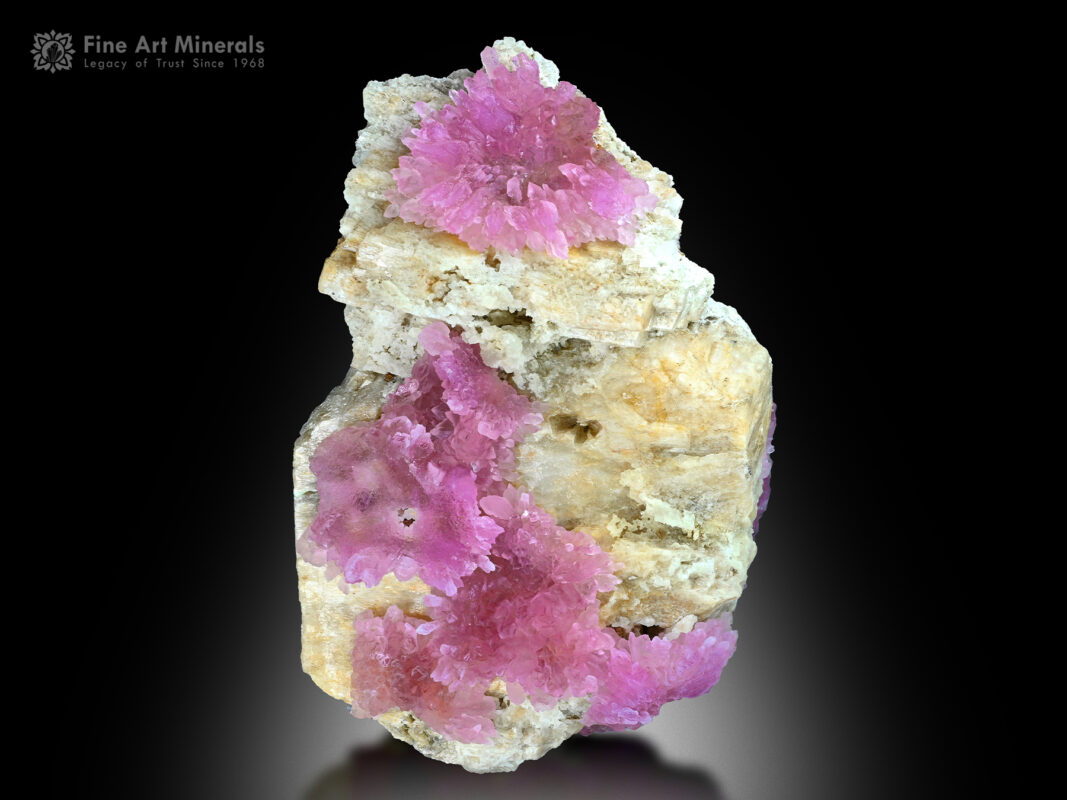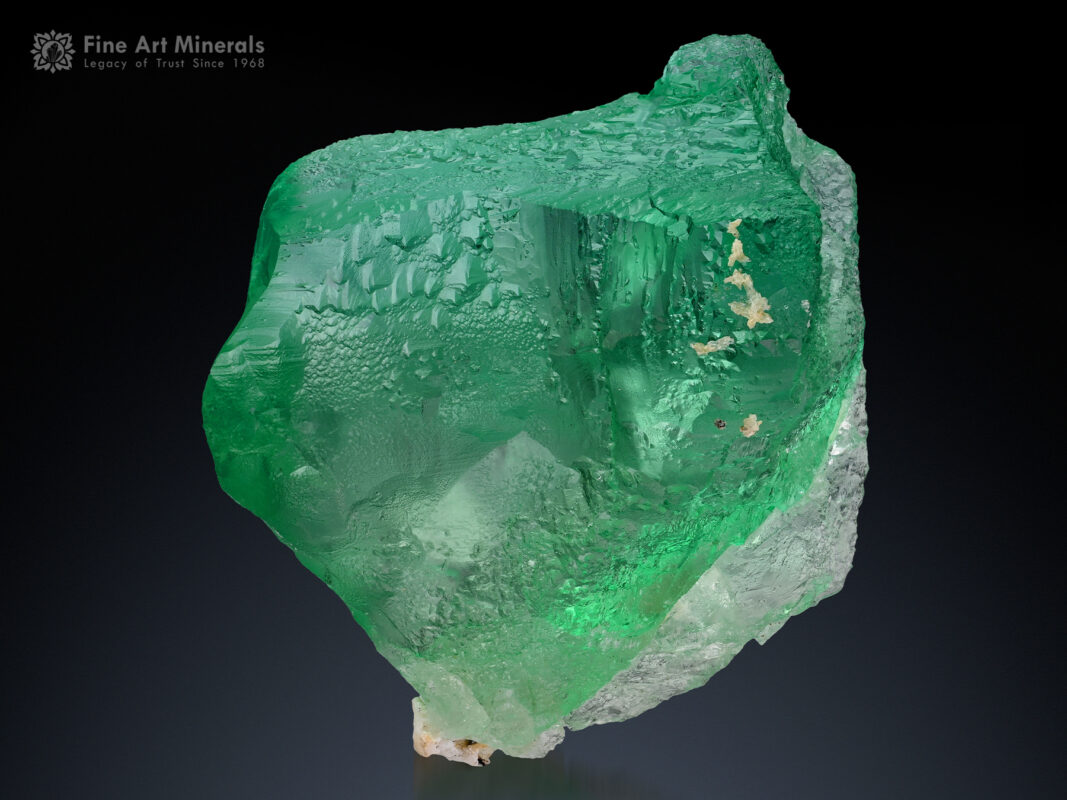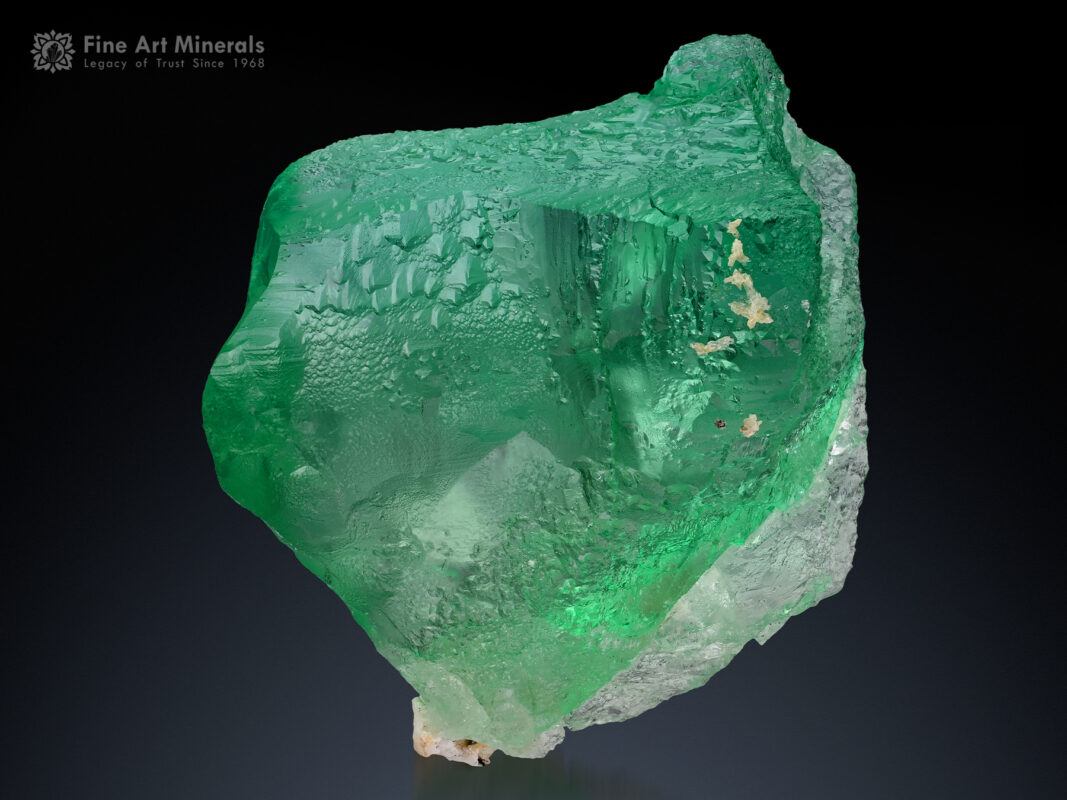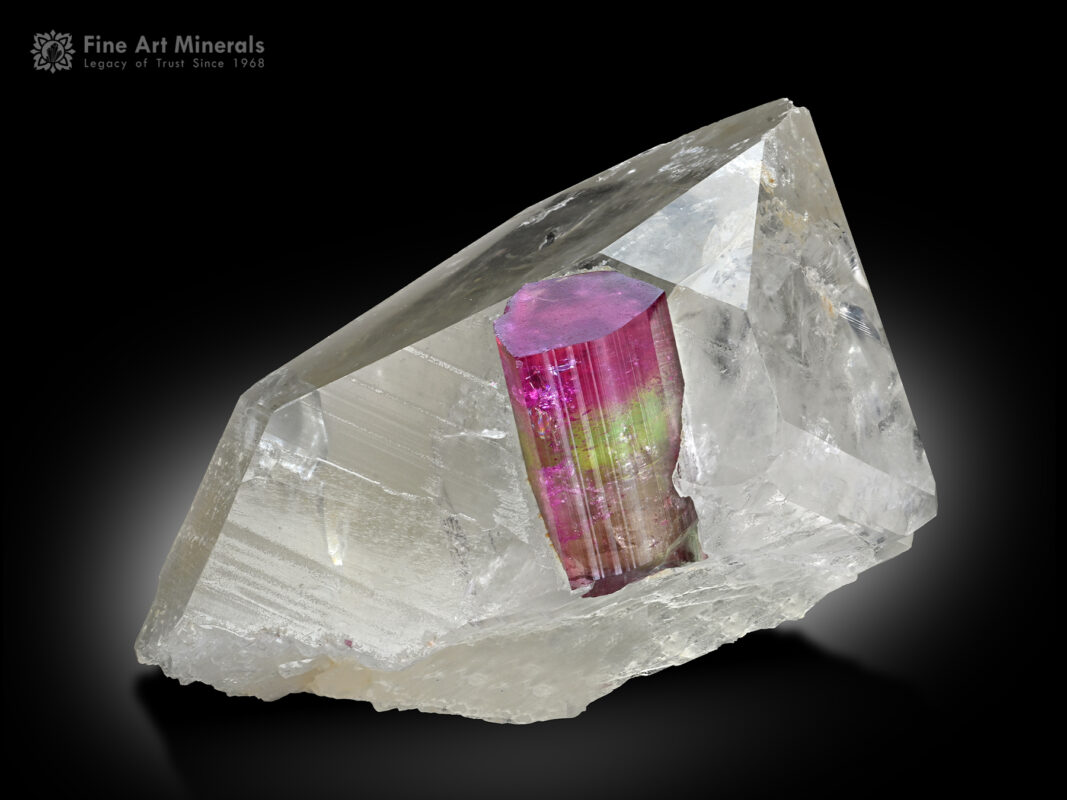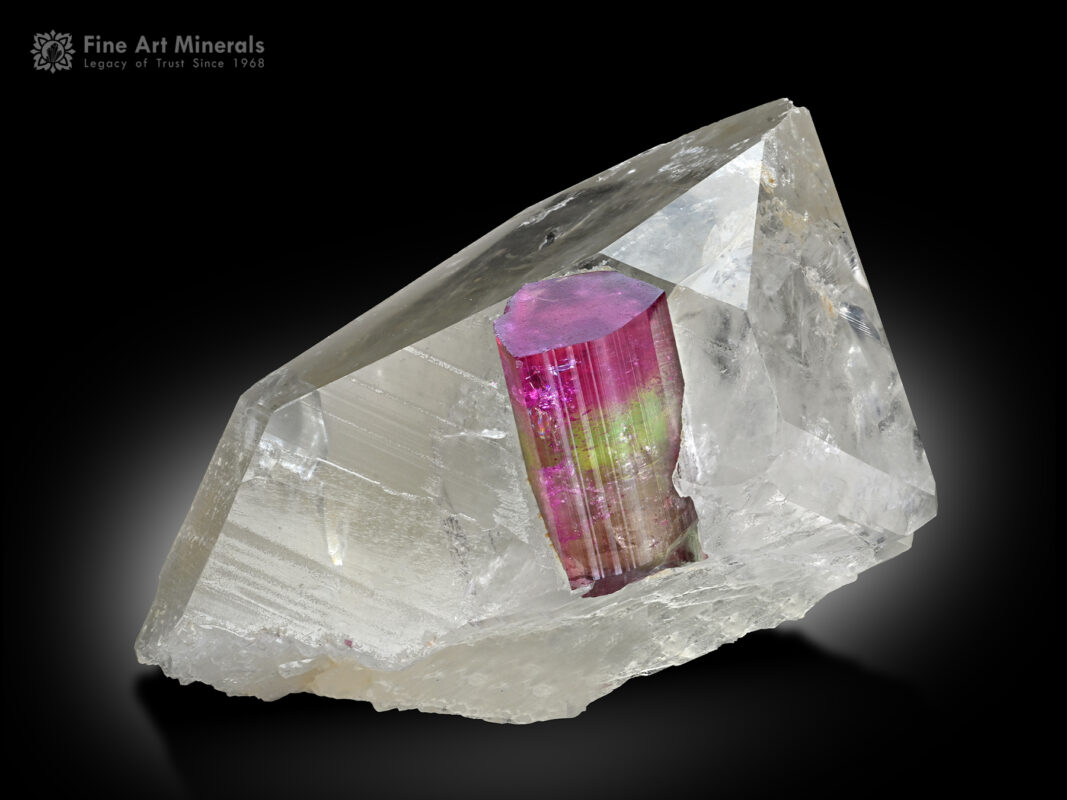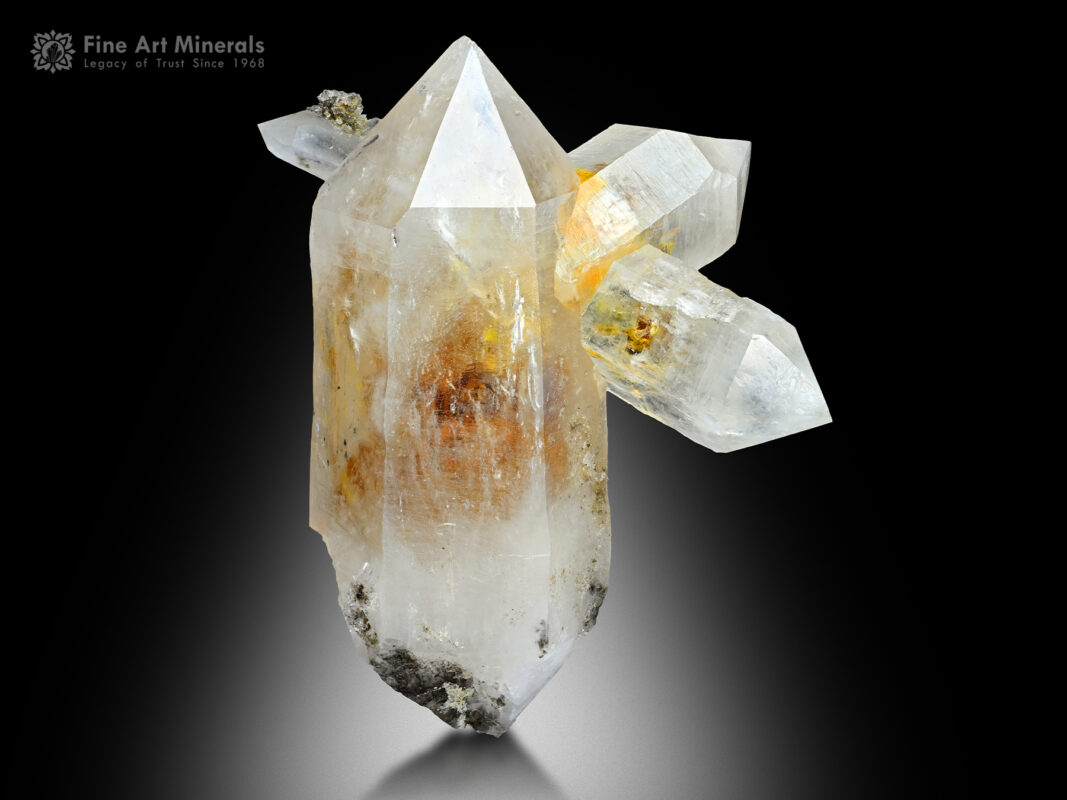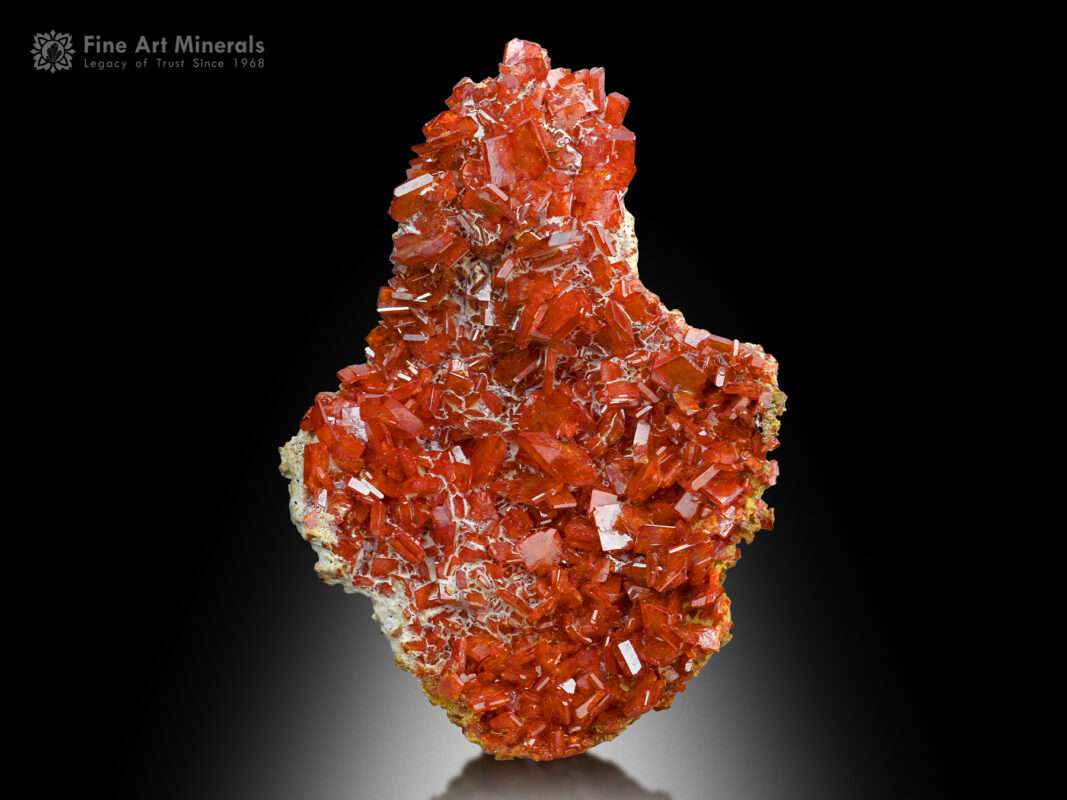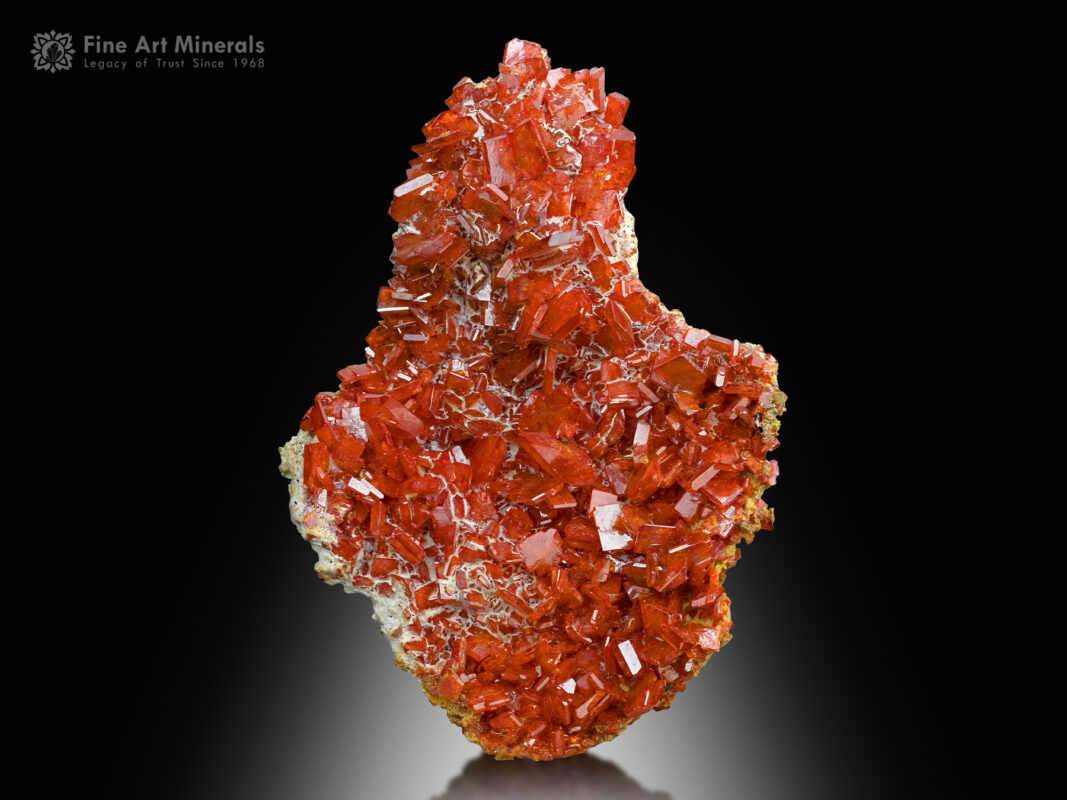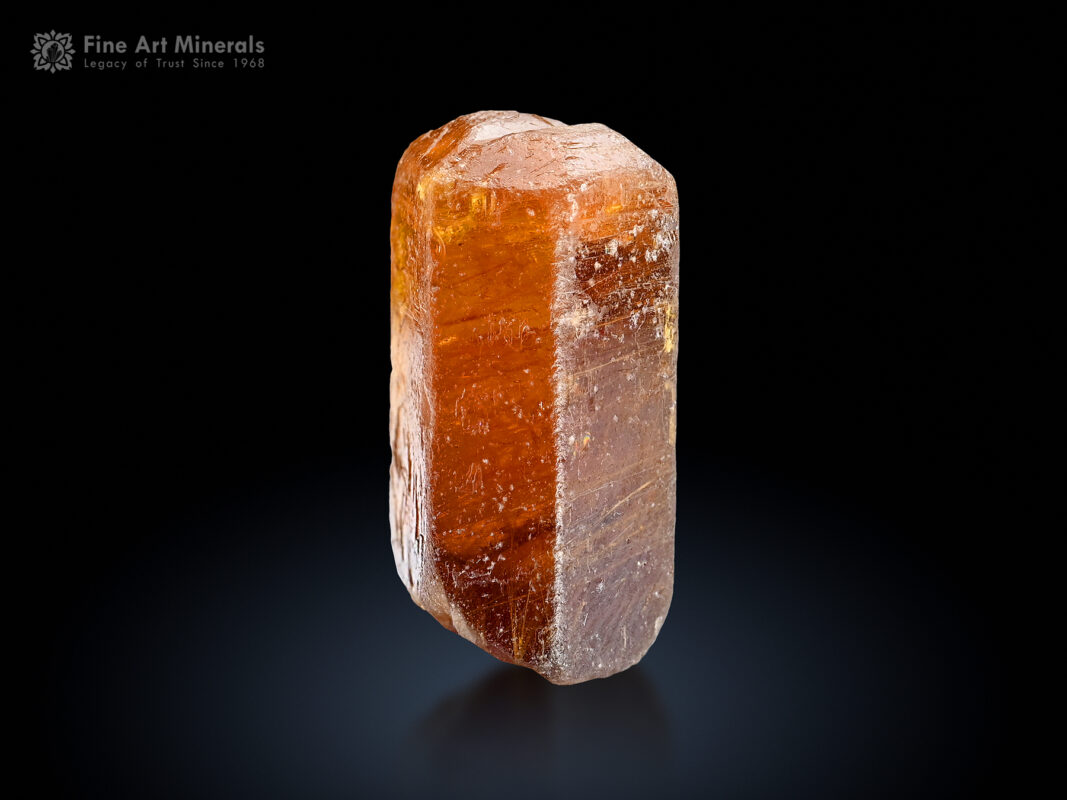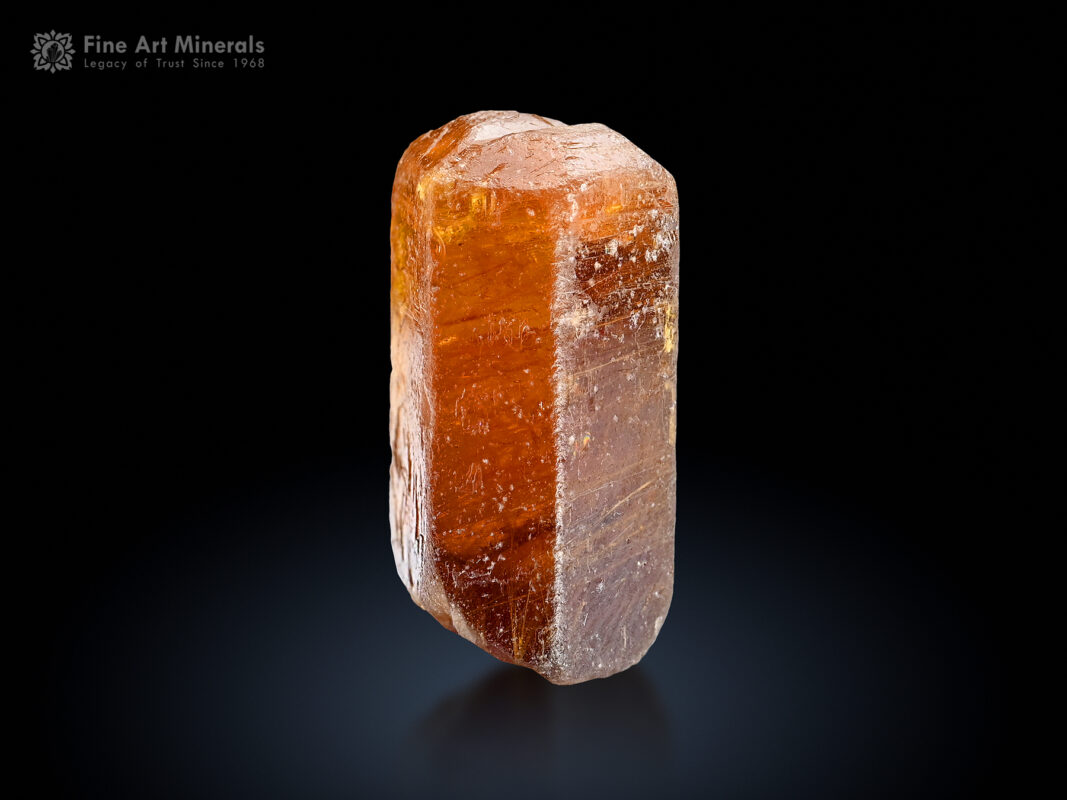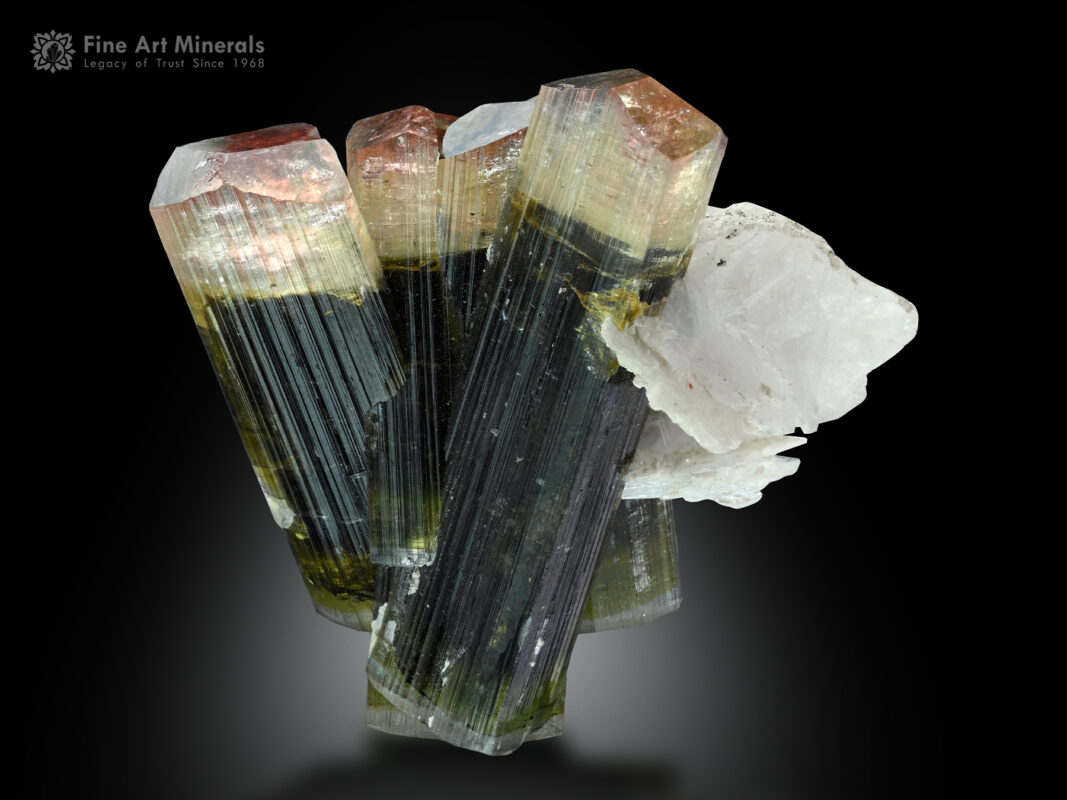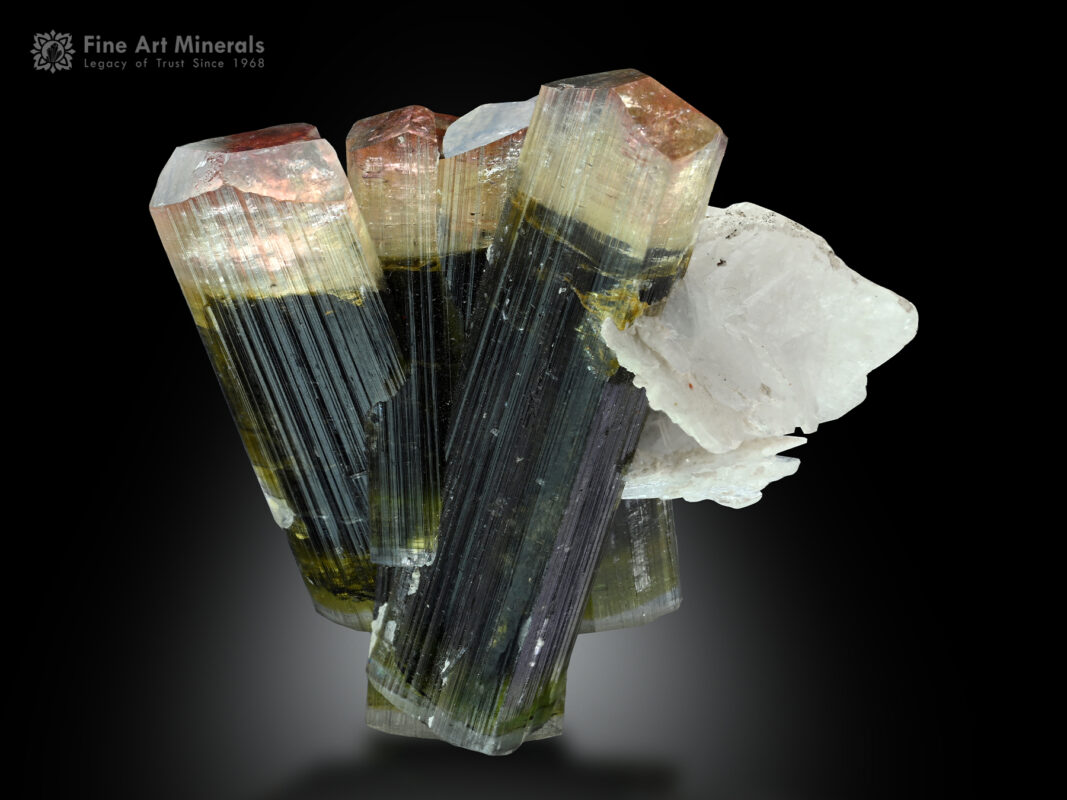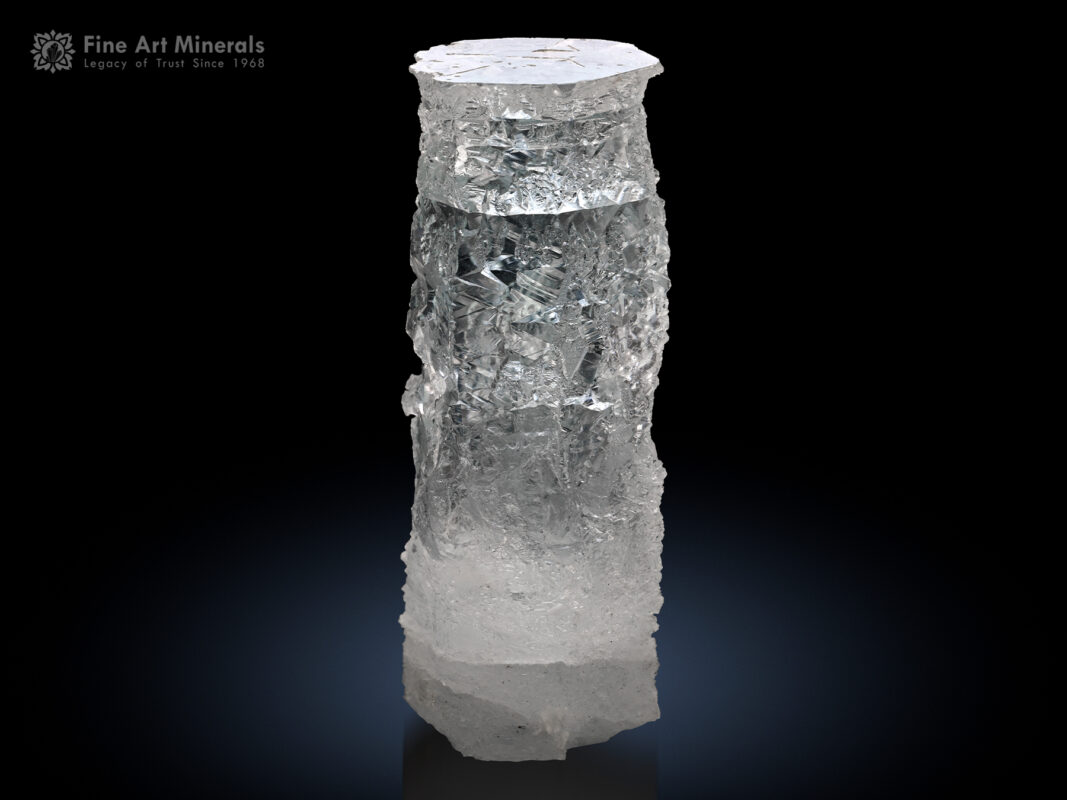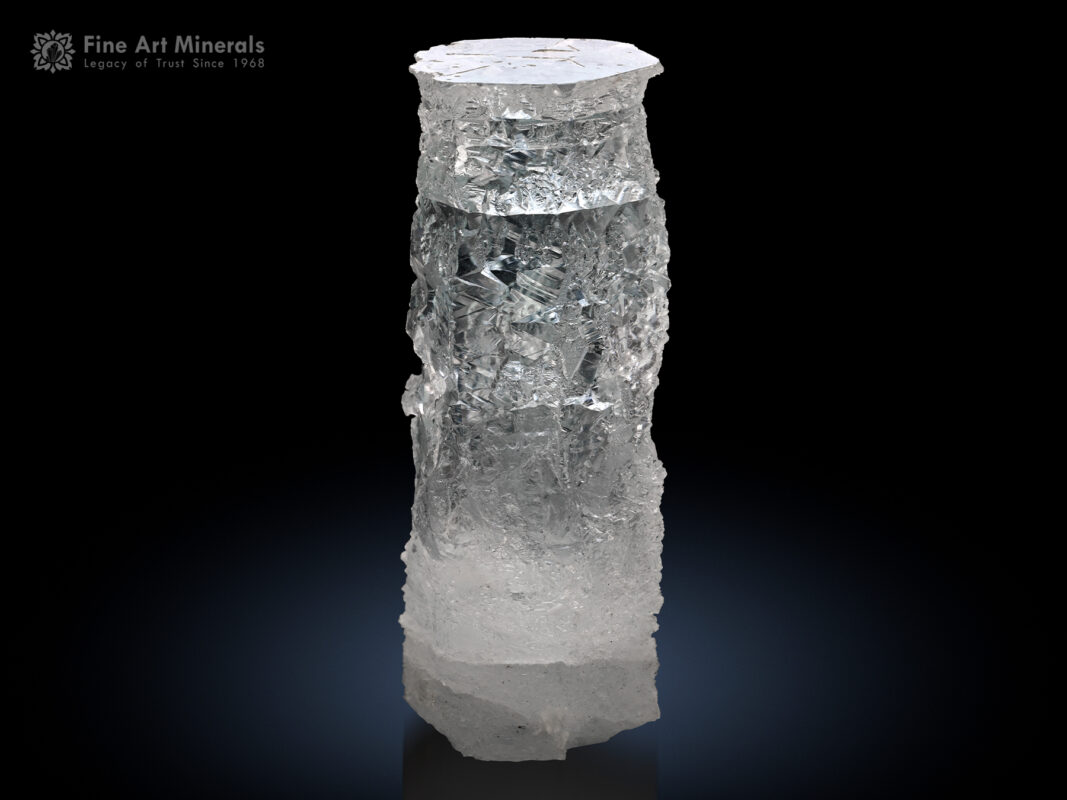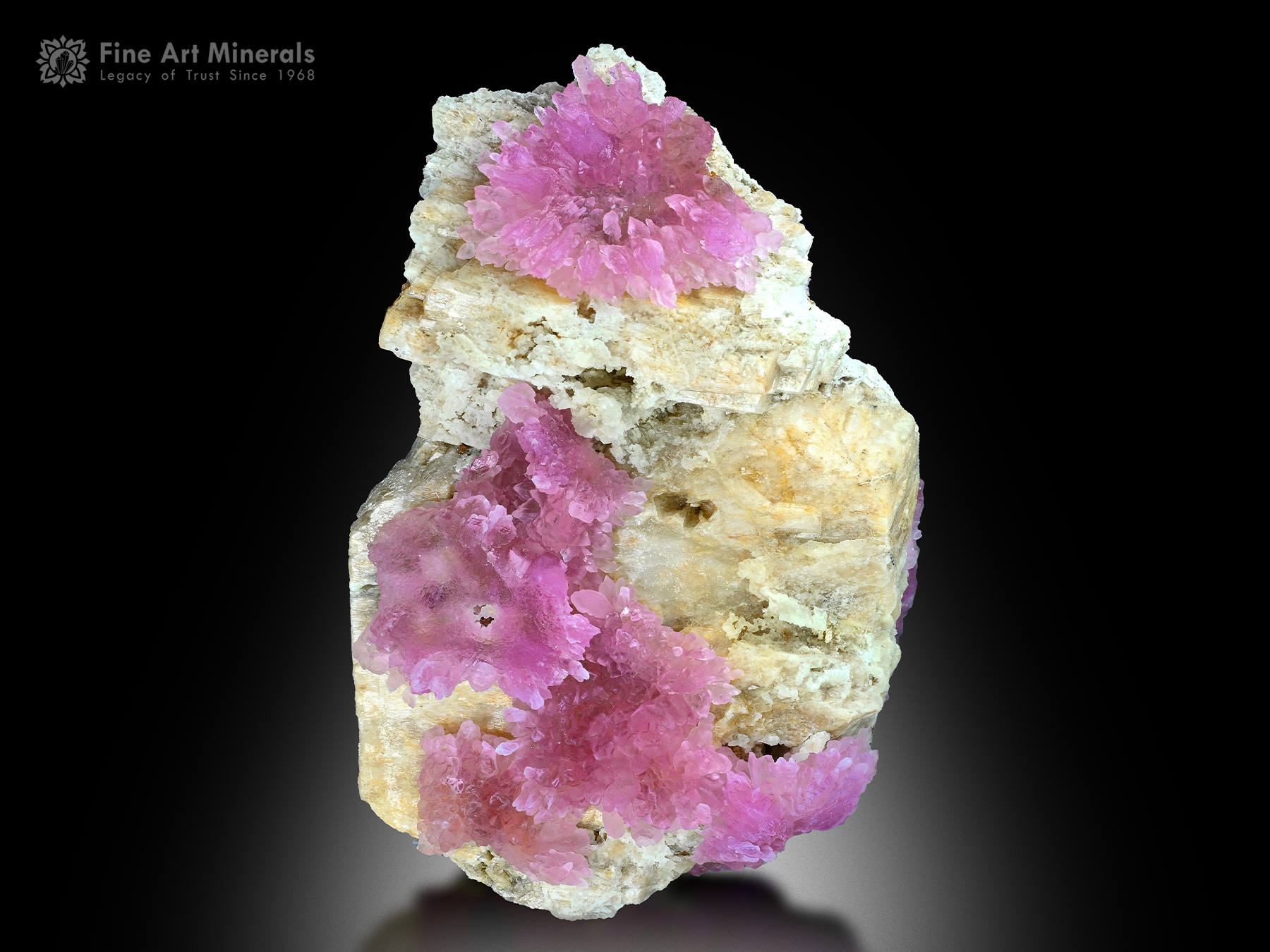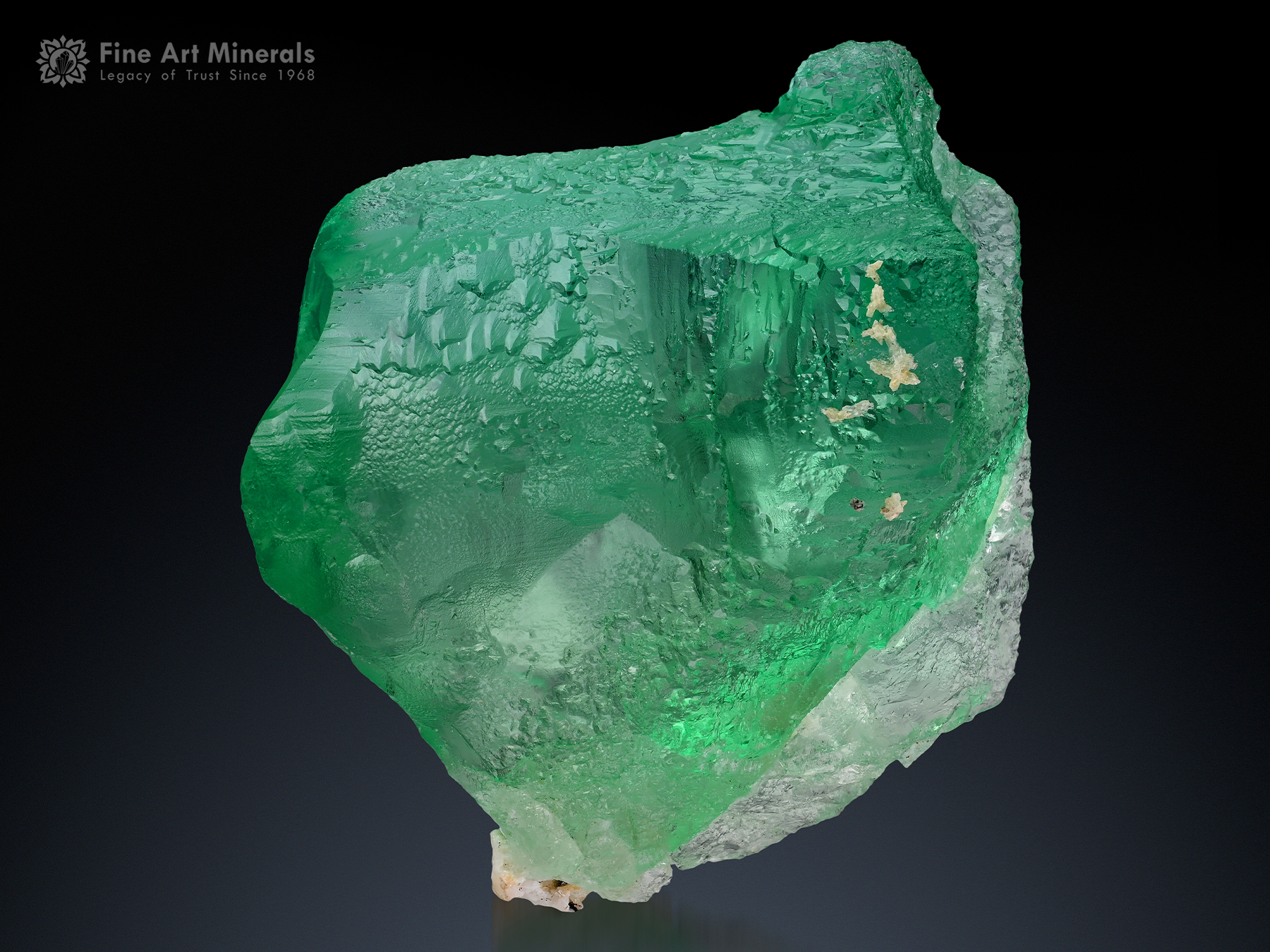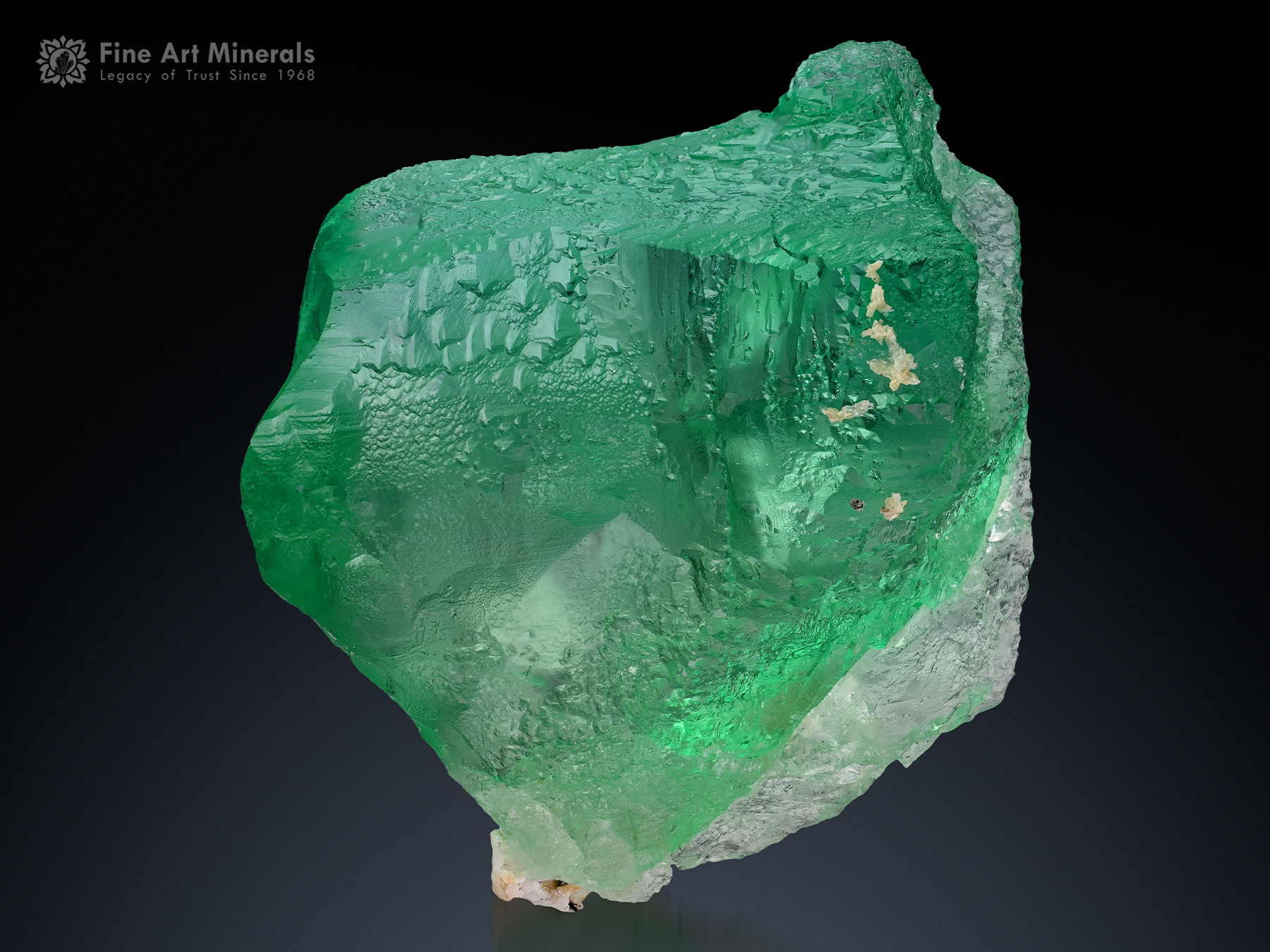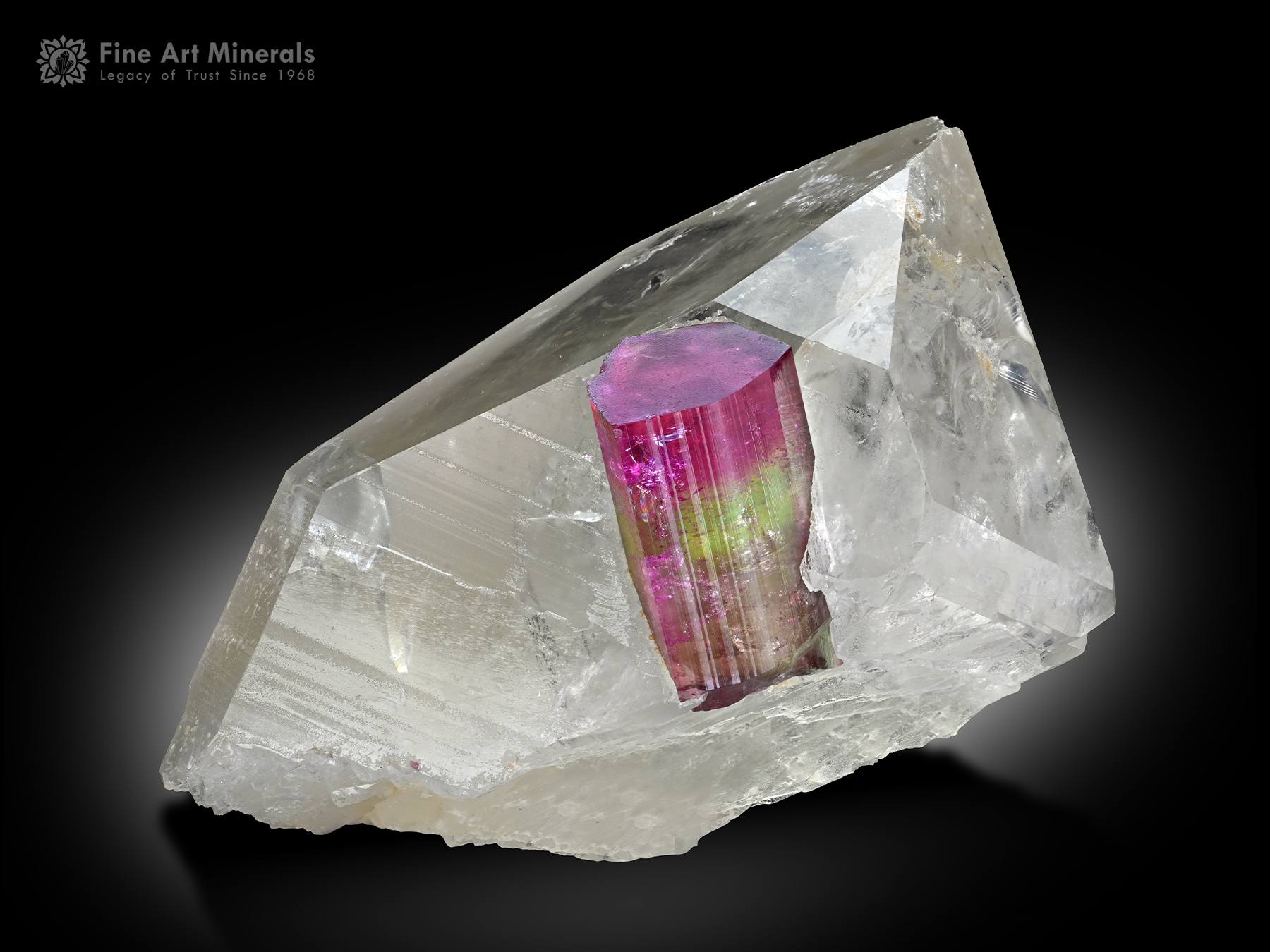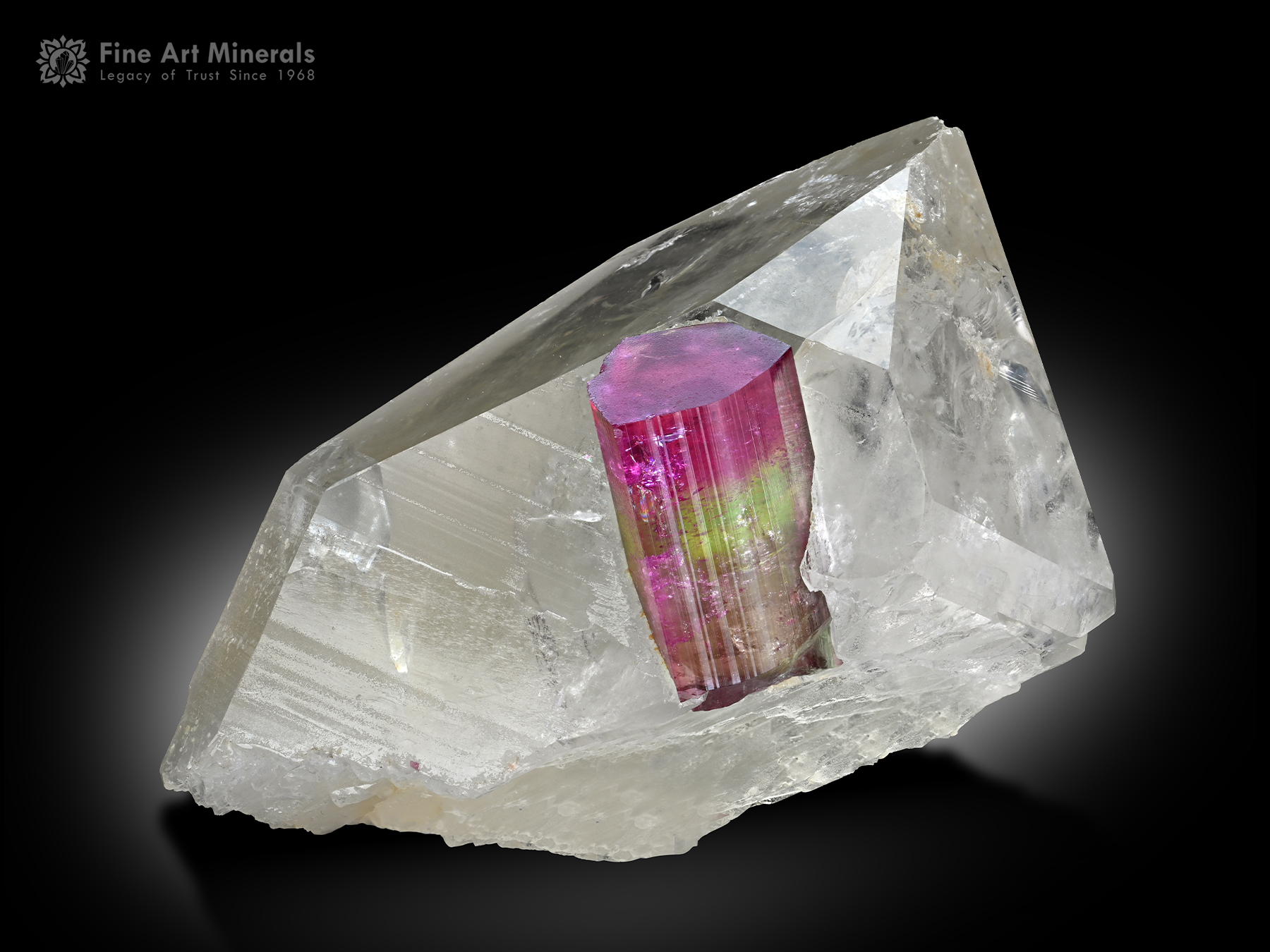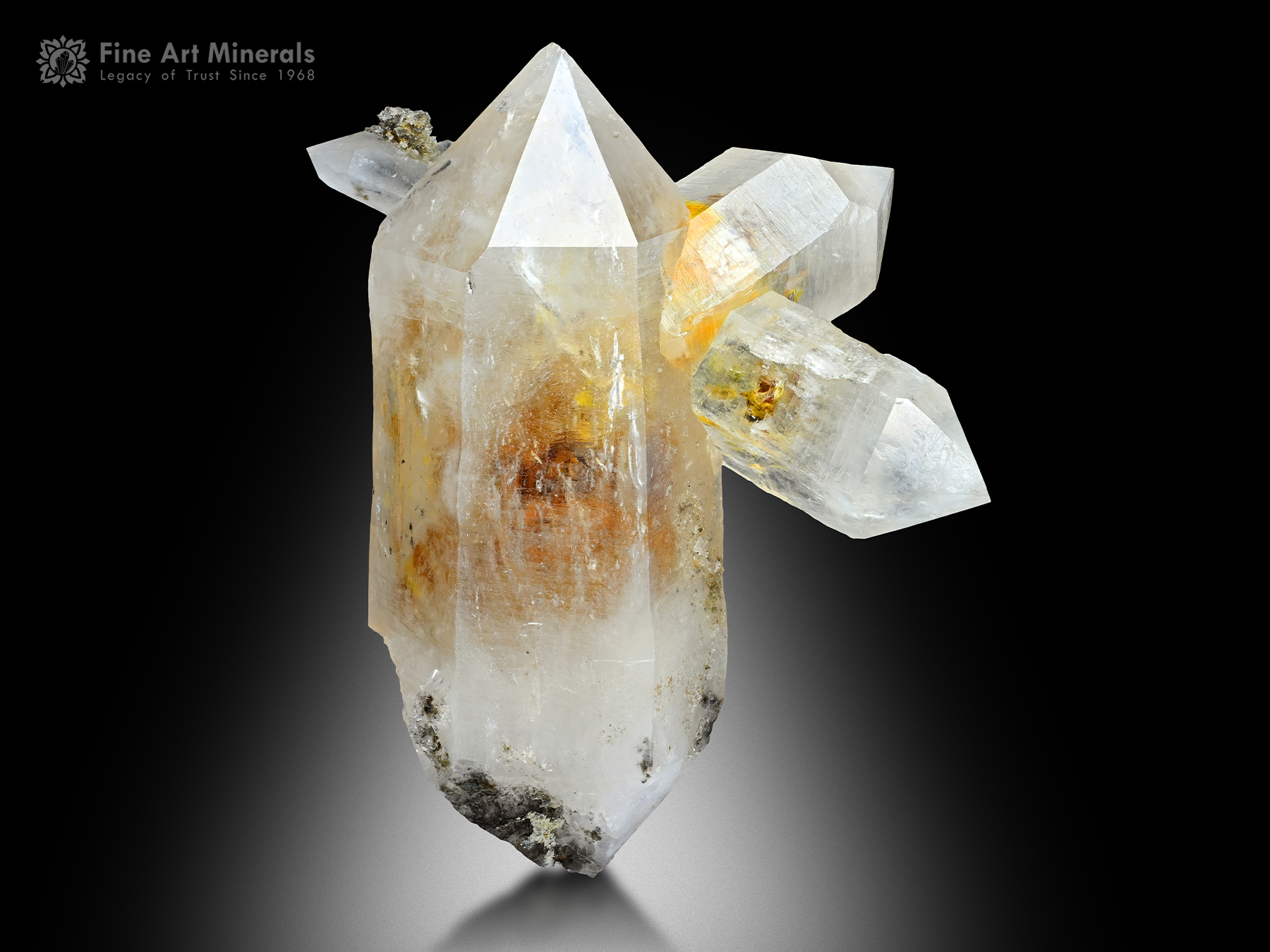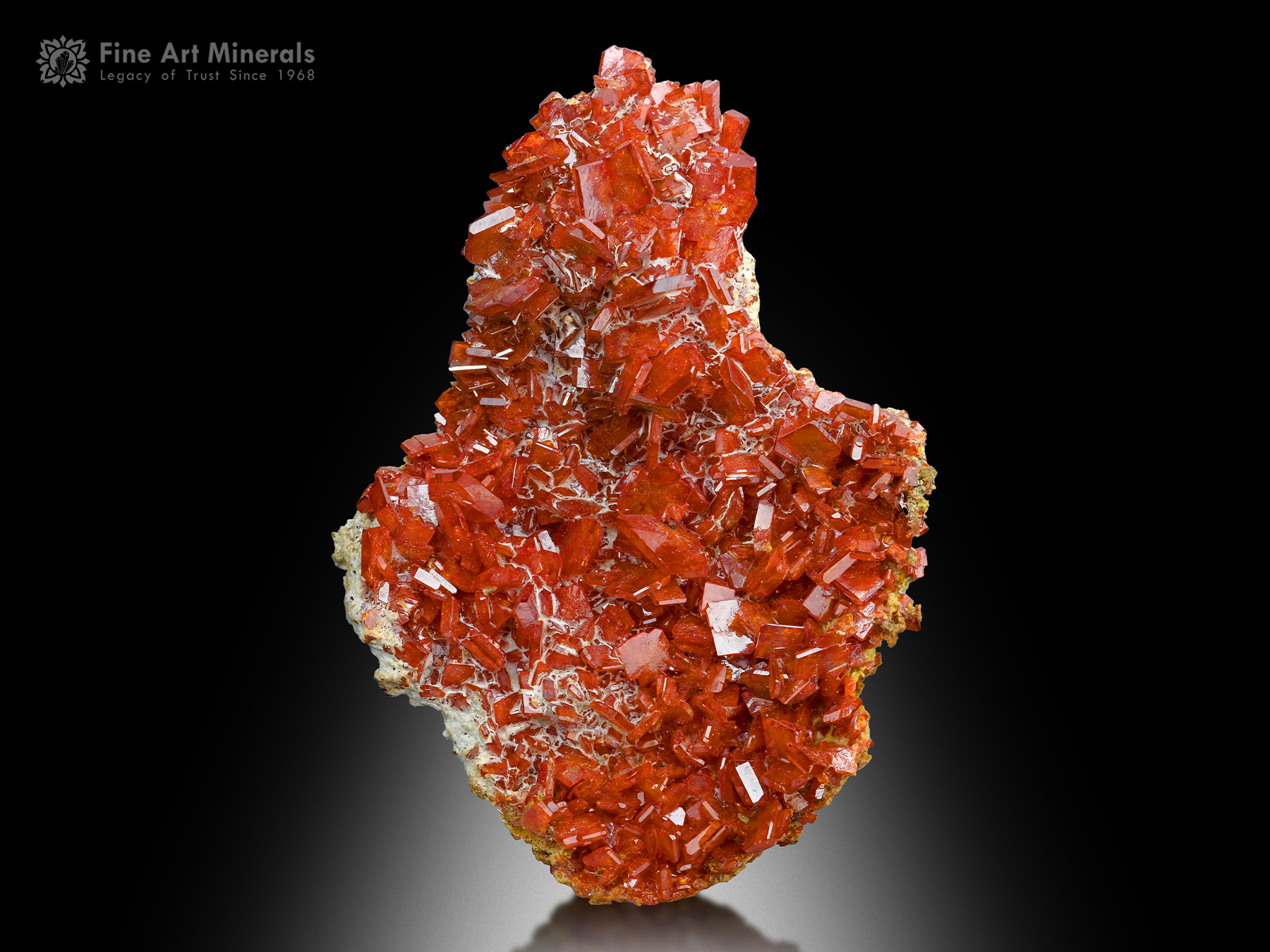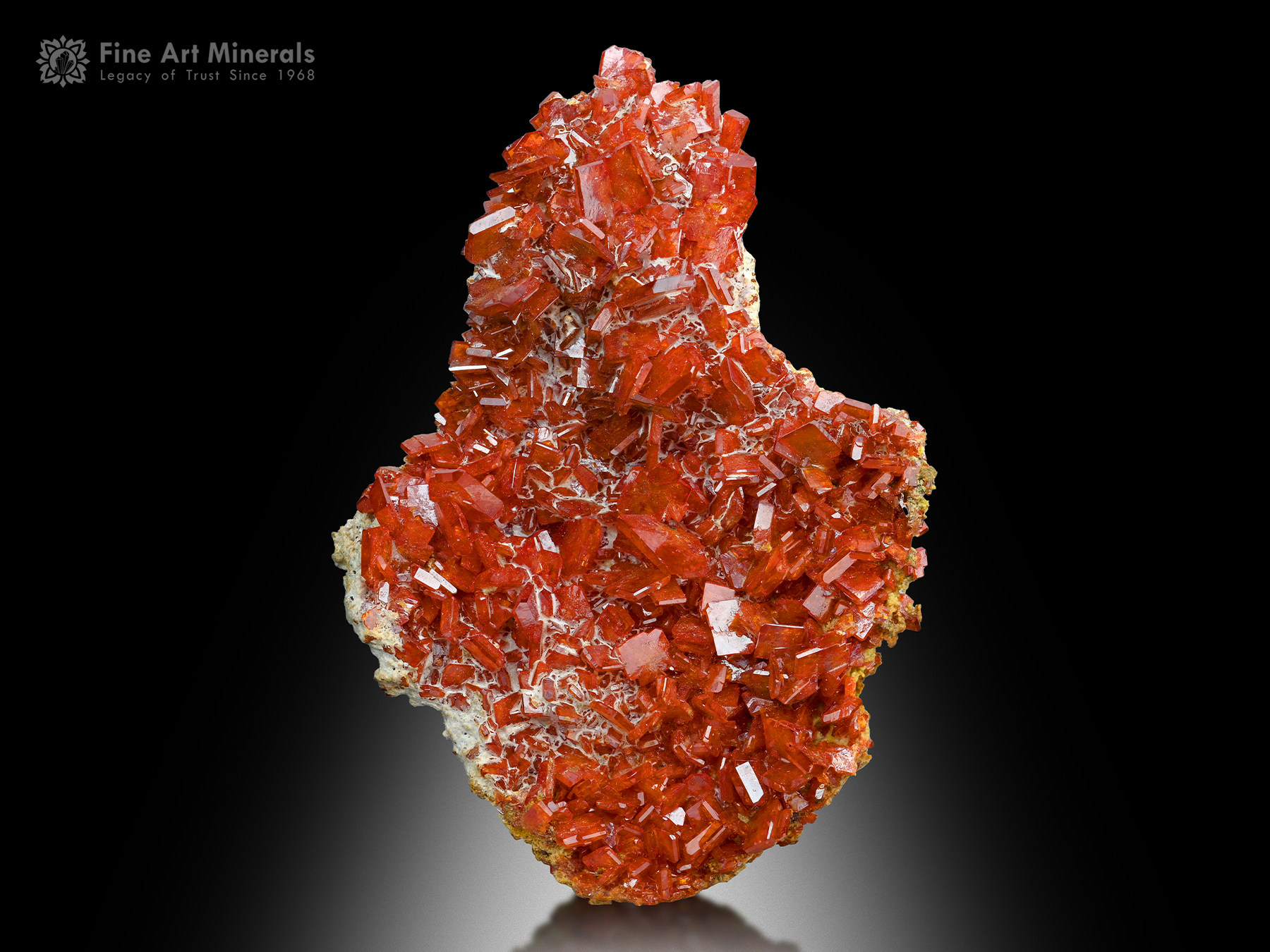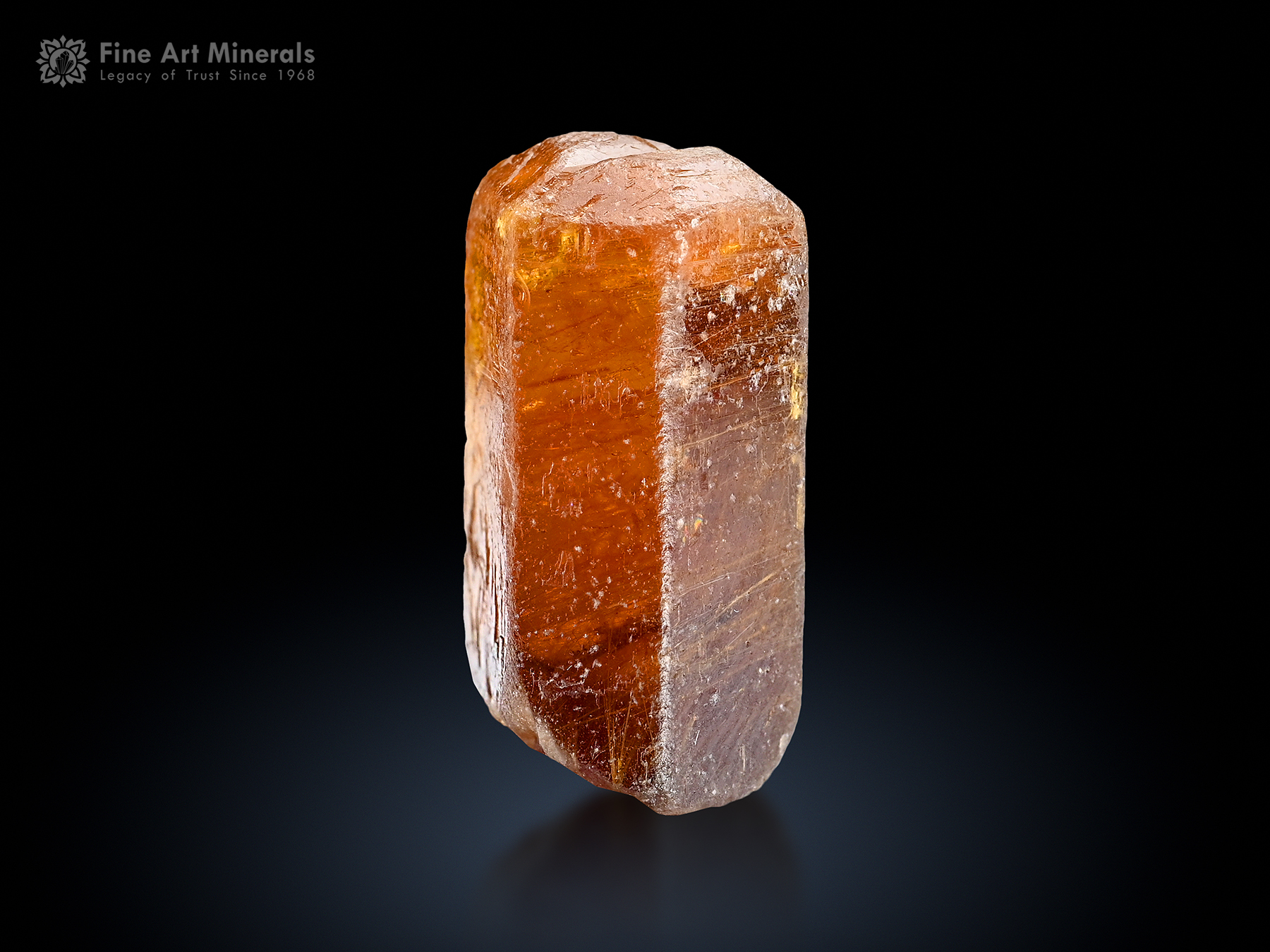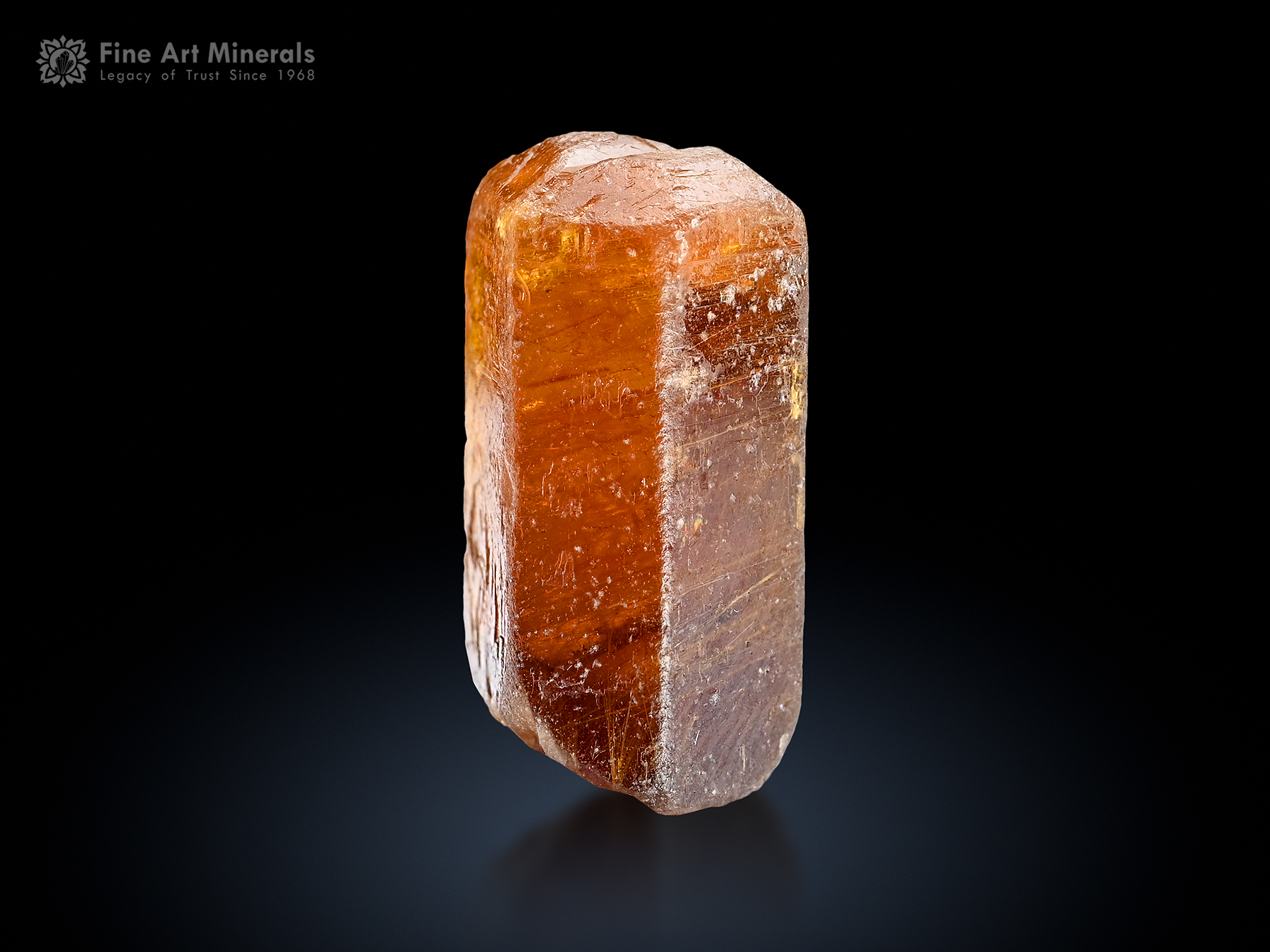In this article, I will tell you about Peridot Stone, its meaning, history, quality, and properties. Peridot is one of today’s most precious and sought-after minerals and gemstones.
This stone has been prized for centuries for its distinct green hue and its many healing properties. Its unique properties have seen featured in jewelry, artwork, and even religious ceremonies throughout history.
This article will explore the meaning, properties, quality, and history of peridot to help readers understand why this gemstone is so celebrated.
This beautiful gemstone is a member of the Olivine mineral family and is composed of magnesium-iron silicates. It has been treasured for centuries and is thought to have been one of the first gemstones used in jewelry.
One of the most striking features of Peridot is its vibrant green color, which ranges from light yellow-green to olive green. This stunning color makes it highly sought after by collectors and jewelry enthusiasts alike.
But Peridot isn’t just about looks – it also boasts a range of amazing properties. This gemstone is believed to promote clarity of thought and well-being, making it the perfect stone for meditation and spiritual practice.
It is also said to enhance creativity and promote abundance, making it a popular choice for artists and entrepreneurs.
Table of Contents
TogglePeridot Stone Meaning
Peridot is a beautiful and rare mineral that has been used for centuries in jewelry and other decorative items. The name Peridot comes from the French word peridot, meaning “unclear” because this gemstone was often mistaken for other minerals due to its unique color.
Peridot is found in volcanic rocks as it is formed by magma that rises from deep within the Earth’s mantle.
It is also found in meteorites making it one of only two gemstones (the other being diamonds) that come from outer space. This makes Peridot an incredibly rare and valuable gemstone.
The History of Peridot
The Peridot stone is one of the oldest well-known gemstones and has been mined for thousands of years. Peridot has captivated and fascinated people from all around the world.
The stone has been known by many different names throughout history, including olivine and chrysolite, but it was not until the 18th century that it became known as peridot.
This stunning gemstone is one of the oldest known minerals and gemstones in the world, with a rich and fascinating history that spans thousands of years. Peridot was first discovered in the ancient land of St. John, now known as Zabargad Island in the Red Sea.
It was highly prized by the ancient Egyptians, who believed that it had special healing properties and could ward off evil spirits. In fact, they even considered it to be the gemstone of the sun god, Ra.
Peridot also played a significant role in ancient Greek and Roman cultures, where it was associated with the goddess of love, Venus.
The Greeks referred to Peridot as “Chrysolite,” meaning “goldstone” while the Romans called it “Evening Emerald,” as its vibrant green color looked particularly stunning in the evening light.
Peridot is still cherished for its beauty and symbolism and is commonly used in jewelry and other decorative items.
Peridot has been valued for centuries for its beauty and spiritual qualities. Ancient Egyptians believed that the stone had healing powers, while Romans believed it could ward off evil spirits. In Hawaiian culture, peridot was thought to be the tears of Pele, their volcano goddess.
Peridot also has ties to Christianity where it was said to represent purity and morality. It is also believed to promote healing and well-being making it a popular choice for those interested in holistic and alternative therapies.
Peridot Properties
Peridot Stone properties are given below one by one:
1. Color
Peridot is a beautiful gemstone that is best known for its stunning green color. This gemstone belongs to the mineral olivine group and is one of the few minerals that exist in only one color.
The unique shade of peridot green comes from the presence of iron which gives it a distinctive olive-green hue.
Peridot beauty has been admired and valued by various cultures for centuries. In ancient times Egyptians referred to this gemstone as (the gem of the sun because they believed it had special healing properties.
2. Hardness
Peridot is a beautiful gemstone that has been used for centuries in jewelry. Many people are unaware of its hardness and durability.
Peridot has a hardness rating of 6.5 to 7 on the Mohs scale, which makes it one of the softer gemstones. Despite this peridot is still a popular choice for jewelry due to its unique green color and affordability.
Peridot belongs to the mineral group olivine, which is found in volcanic rocks and meteorites. Its color can range from yellow-green to olive-green and is caused by iron within the crystal structure.
The stone’s clarity can also vary from transparent to cloudy due to inclusions or fractures within the stone.
Although peridot may not be as hard as some other gemstones like diamonds or sapphires, it still holds up well in everyday wear with proper care.
3. Properties
| Property | Description |
| Chakras | Solar Plexus Chakra, Heart chakra |
| Birthstone | August |
| Zodiac | Leo and Virgo |
| Place | Arizona, China, Myanmar, Pakistan, Vietnam |
| Family | Olivine |
| Origin | Mantle of Earth, found in basaltic rocks and meteorites |
| Element | Earth |
| Shades | Yellow Green, Olive Green, Brownish Green |
Peridot Quality
Peridot is a mineral that belongs to the olivine group. It is an attractive gemstone with a distinct green color that ranges from yellow-green to olive-green.
The stone is known for its brilliance and luster making it highly sought after in the jewelry industry. Its unique properties make it stand out from other minerals and gemstones.
The quality of peridot depends on several factors such as color, clarity, cut, and carat weight. The finest peridot stones have a deep olive-green hue with no visible blemishes or inclusions.
Peridots are also found in larger sizes compared to other gemstones, which makes them ideal for statement pieces of jewelry.
Peridots are mined all over the world, with some of the best specimens coming from Arizona in the US and Pakistan.
Peridot Uses as Jewelry
Peridot, also known as Olivine, is a mineral and gemstone that has been used in jewelry for thousands of years. It is well-known for its striking green color and sparkling appearance.
Peridot jewelry remains popular today due to its unique beauty and durability. It can be found in various styles such as necklaces, earrings, bracelets, and rings.
Spiritual Wear
Peridot is often used as a spiritual wear due to its ability to balance the chakras, particularly the heart chakra. It is also believed to help open the third eye chakra, promoting intuition and spiritual awareness.
Many people use peridot pendants or earrings as a way of carrying this energy with them throughout the day.
Peridot has also been known to help individuals connect with their inner selves and gain clarity on their life’s purpose. In addition to its spiritual benefits peridot is highly valued for its physical properties as well.
Peridot Mineralogical properties
Peridot is a mineral belonging to the olivine group.
Its chemical composition is (Mg, Fe)2SiO4 where magnesium and iron substitute for each other in the crystal structure.
It has a hardness of 6.5-7 on the Mohs scale, which makes it relatively durable.
Its crystal system is orthorhombic, which means that it has three axes of unequal length that intersect at right angles.
Peridot has a refractive index of 1.65-1.69 which means that it has a relatively high level of light dispersion.
The gemstone is typically formed in basaltic lava and ultramafic rocks.
It has a vitreous luster which means that it has a shiny, glass-like appearance.
Peridot has a specific gravity of 3.27-3.37 which is relatively high compared to other gemstones.
How to do Care Cleaning and Storing of Peridot?
Peridot is a beautiful gemstone that belongs to the mineral family of olivine. The stone comes in various shades of green and can be found all over the world including Arizona, Myanmar, and Pakistan. It has been used in jewelry for centuries and is known for its unique beauty.
The peridot requires special care to maintain its luster and preserve it for years to come. To start with, avoid exposing your peridot to high heat or sudden temperature changes as this may cause cracks or discoloration.
It’s also important to avoid exposure to harsh chemicals such as bleach or cleaning agents as they can damage the stone’s surface.
When storing your peridot jewelry keep it separate from other minerals and gemstones as their hardness can scratch or damage each other.
Wrap your peridot pieces in soft cloth before storing them in a cool dry place away from direct sunlight.
How Much is Peridot Worth?
The value of peridot can vary depending on a number of factors such as its quality, size, and origin. Generally, peridot is a relatively affordable gemstone compared to others like diamonds or sapphires.
High-quality peridot can range from around $400 to $450 per carat, while lower-quality peridot can cost as little as $50 to $80 per carat.
Conclusion
Peridot is a gemstone that has been coveted for centuries. Its unique properties make it a popular choice among jewelry lovers and metaphysical practitioners alike.
Those who value this gemstone can find solace in its ability to bring self-confidence and abundance while symbolizing loyalty and friendship.
With its long history of use in adornment as well as its special qualities, peridot is sure to remain an essential part of the jewelry world for years to come.
So, this is the complete detail about the peridot stone, I hope you have gone through it.
If you have any kind of suggestion or question regarding this article feel free to ask in the comments section below.
Or If you want to know about any kind of other minerals stones or want to purchase a stone. you can contact us Here
Thanks for Reading.

